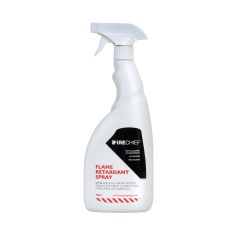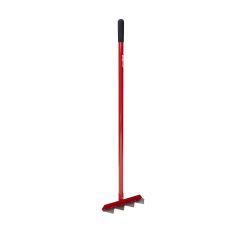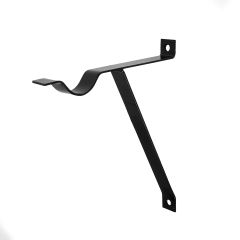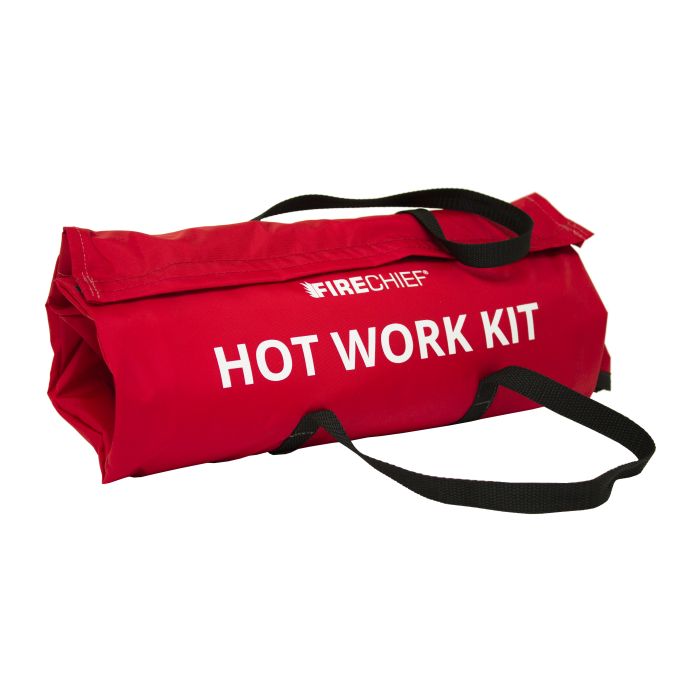We use cookies to make your experience better. To comply with the new e-Privacy directive, we need to ask for your consent to set the cookies. Learn more.
Firechief Hot Work Kit - Powder (HWK1)
£42.39
The Firechief Hot Work Kit is the first 'all in one' kit developed especially for contractors who carry out on site Hot Work - such as welding, soldering, brazing, grinding and drilling - all wrapped up in a handy portable bag.
SKU: 105-1012
Got a question? 0330 999 0019
BRITISH DESIGNED
UK approved quality fire safety. Peace-of-mind guaranteed.
Product Information
The Firechief Hot Work Kit is the first 'all in one' kit developed especially for contractors who carry out on site Hot Work - such as welding, soldering, brazing, grinding and drilling - all wrapped up in a handy portable bag.
Each kit contains everything needed to do Hot Work safely including:
- 2kg ABC Powder Fire Extinguisher FXP2 (approved to BSEN3)
- K40 1.2 x 1.8m high performance woven glass fibre Fire Blanket
- Plastic pocket for storage of Hot Work Permit forms
- Rolls up into an easy to carry, easy to store bag ready to take onto site
| EAN Code | 5055377958336 |
|---|---|
| Model Number | HWK1 |
| Product Width (cm) | 43 |
| Product Height (cm) | 18 |
| Product Depth (cm) | 11.5 |
| Brand | Firechief |
| Approvals | n/a |
| Pallet Qty | 3 |
| Product Code | 105-1012 |
Related Products
 Fire Retardant 750ml (FRS1)Quote on request
Fire Retardant 750ml (FRS1)Quote on request Firechief Forestry Rake (FFR2)Quote on request
Firechief Forestry Rake (FFR2)Quote on request Fire Bucket Bracket (FBB)Quote on request
Fire Bucket Bracket (FBB)Quote on request

